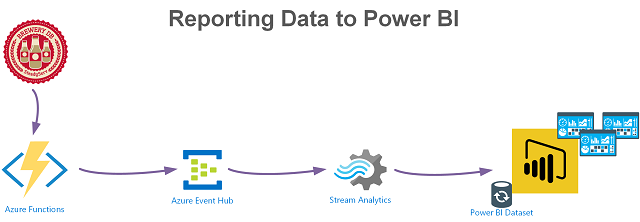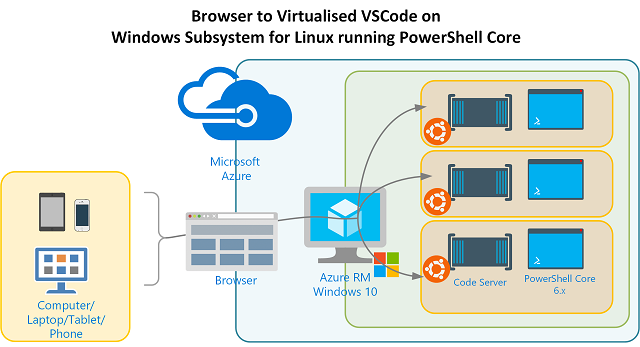Extracting a list of Azure AD App Proxy applications with PowerShell
Recently during the Azure AD Application Proxy (App Proxy) deployment project with one of our clients, I was asked to give a list of applications that are on-boarded into App Proxy. Namely the client needed the Internal Url, External URL & DisplayName of the application. Usually there are two ways of doing that. One way is to export them manually into a csv file or alternatively: automate it! If there are small number of applications, then exporting them manually wouldn’t take that long but a long-term solution is to automate it.… [Keep reading] “Extracting a list of Azure AD App Proxy applications with PowerShell”






